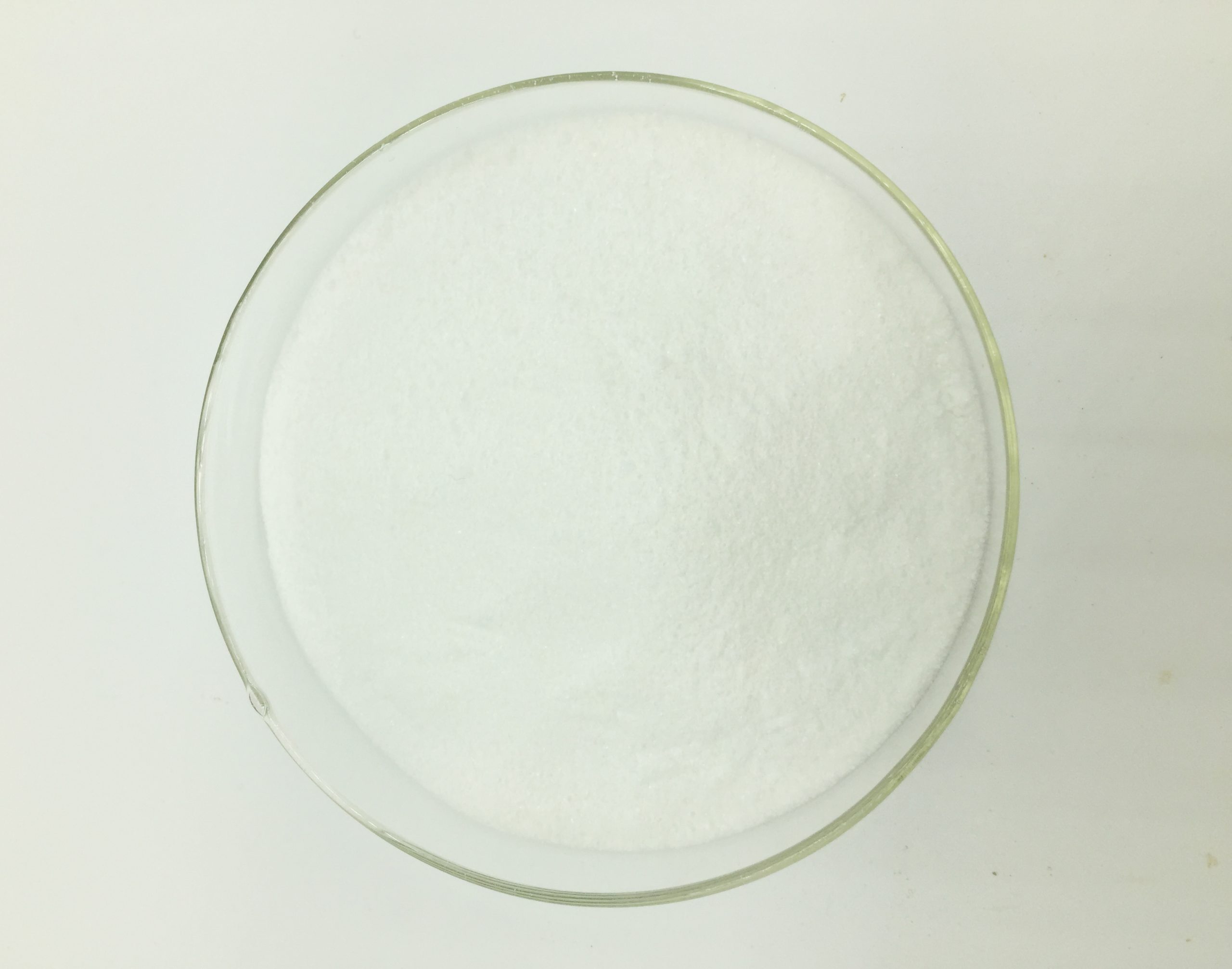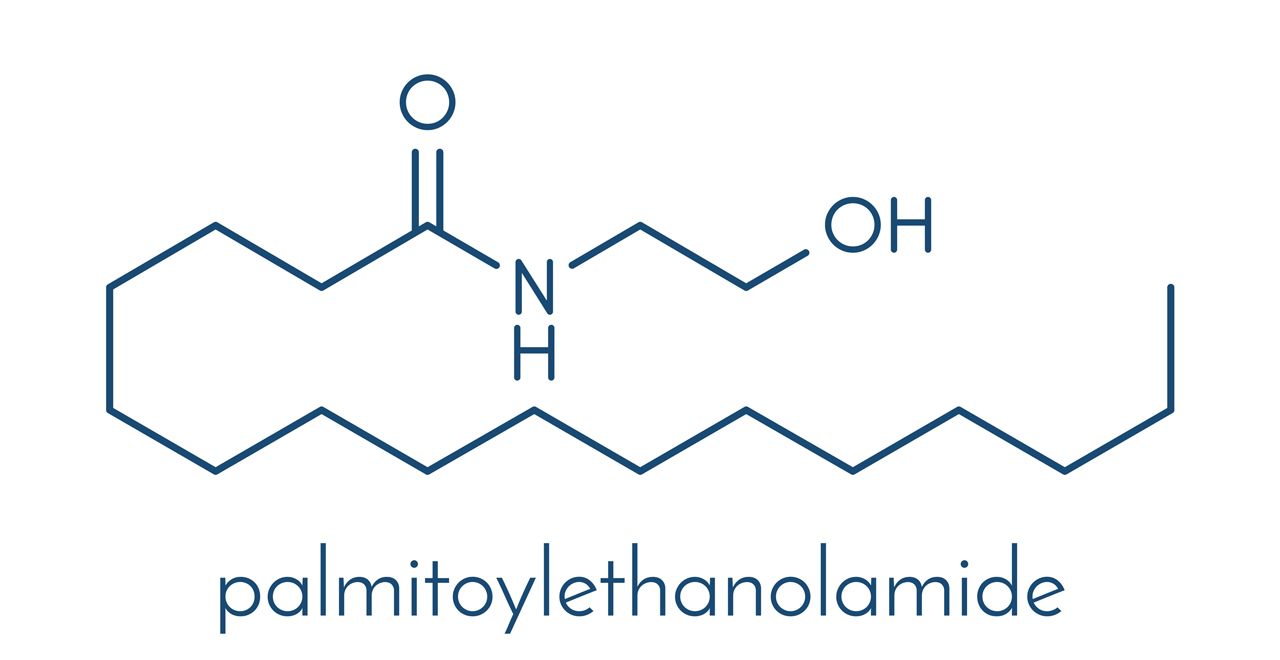Palmitoylethanolamide (PEA) is a naturally occurring fatty acid amide, often found in various tissues, including the brain, nervous system, and immune cells. It is classified as an endocannabinoid-like compound and is believed to work by interacting with various receptors in the body, such as the peroxisome proliferator-activated receptor-alpha (PPAR-α), which plays a role in regulating inflammation and pain.
Effectiveness of Palmitoylethanolamide
Palmitoylethanolamide has been studied primarily for its potential as a pain reliever, anti-inflammatory, and neuroprotective agent. Some of the key uses include:
1.Pain management:
Palmitoylethanolamide has shown promise in treating conditions such as neuropathic pain, chronic pain, fibromyalgia, and inflammatory pain. It appears to modulate pain through its effects on the endocannabinoid system and PPAR-α activation, which in turn reduces inflammation and pain signaling.
2.Neuroprotection:
It has been explored for its potential in protecting nerve cells from damage due to conditions such as multiple sclerosis, Parkinson’s disease, and Alzheimer’s disease. Palmitoylethanolamide may help reduce oxidative stress and neuroinflammation, promoting nerve health.

3.Anti-inflammatory effects:
Palmitoylethanolamide is thought to reduce inflammation by regulating the activity of mast cells, which play a central role in immune responses and inflammation. It also appears to reduce pro-inflammatory cytokine production.
4.Potential in other conditions:
Research has suggested that Palmitoylethanolamide could have therapeutic potential in a variety of other conditions, including asthma, chronic pelvic pain syndrome, irritable bowel syndrome (IBS), and even anxiety and depression (though evidence in these areas is still evolving).
Side Effects of Palmitoylethanolamide
Palmitoylethanolamide is generally regarded as safe when used at recommended doses. It is a naturally occurring compound in the body, and side effects are relatively rare. However, some users have reported:
1.Gastrointestinal issues:
Mild gastrointestinal discomfort, such as nausea or diarrhea, has been reported in a small number of individuals, though these effects are generally transient and not serious.
2.Fatigue or drowsiness:
Some people may experience mild fatigue or drowsiness, especially when starting Palmitoylethanolamide supplementation.
3.Allergic reactions:
While uncommon, some individuals may have hypersensitivity or allergic reactions to Palmitoylethanolamide. Symptoms might include rash, itching, or swelling, especially around the face or throat.
4.Interaction with other medications:
There are limited reports on drug interactions, but because Palmitoylethanolamide can affect the endocannabinoid and immune systems, there may be some interactions with medications that influence those pathways (e.g., anti-inflammatory drugs or immunosuppressants). Always consult a healthcare provider before combining Palmitoylethanolamide with other medications, particularly for conditions like autoimmune disorders or chronic pain.

Special Considerations of Palmitoylethanolamide
1.Pregnancy and breastfeeding:
There is insufficient evidence to determine the safety of Palmitoylethanolamide during pregnancy or breastfeeding, so it is generally recommended to avoid its use in these situations unless directed by a healthcare provider.
1.Children:
The safety of Palmitoylethanolamide in children is not well-studied. While it is considered safe in adults, children should only use it under the supervision of a healthcare professional.
2.Pre-existing conditions:
Individuals with liver or kidney disease should use Palmitoylethanolamide with caution, as it may influence metabolic pathways. Always consult a doctor if there are concerns about underlying health conditions.
3.Chronic or long-term use:
Palmitoylethanolamide appears to be well tolerated in the short term, but the effects of long-term use are not yet fully understood. It is advisable to use it intermittently or with guidance from a healthcare professional for extended periods.
Dosage
The typical dosage range for Palmitoylethanolamide varies depending on the condition being treated, but it is commonly used in doses between 300 mg to 1,200 mg per day. It is often recommended to start with a lower dose and gradually increase it as needed.

Note: Always consult with a healthcare provider to determine the appropriate dosage for your specific condition and to ensure that it will not interact negatively with other treatments or medications you may be taking.
In summary, Palmitoylethanolamide is a promising compound for managing pain and inflammation, with a generally favorable safety profile. However, as with any supplement, its use should be discussed with a healthcare provider, especially if there are pre-existing health conditions or if other medications are being taken.
